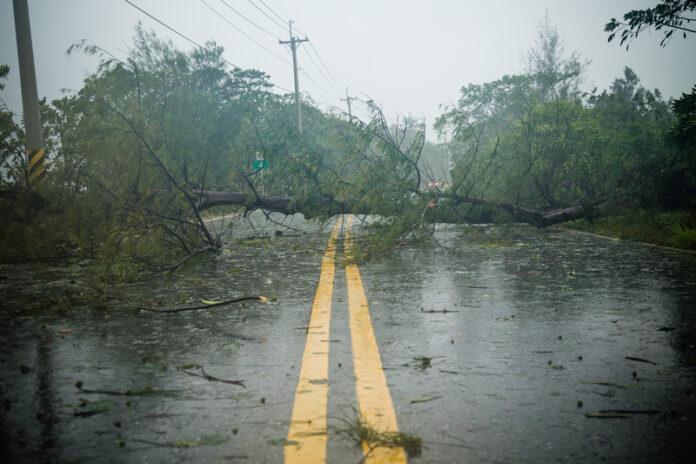Heavy winter rains sweeping across Pakistan have resulted in at least 36 fatalities and injuries to 50 others, as buildings collapsed and landslides obstructed roads, particularly in the northwestern regions of the country.
The downpours, which have been particularly severe in areas bordering Afghanistan, began on Thursday night, February 28, 2024, and caught many off-guard with their intensity.
The Khyber Pakhtunkhwa province, located in northwestern Pakistan, known for its significant geographical features, including the famed Khyber Pass, which has historically been an important trade route between Central Asia and the Indian Subcontinent, bore the brunt of the casualties, with 30 deaths, primarily among women and children, reported by the provincial disaster management authority. In this area, as well as in the Pakistan-administered part of Kashmir, residences have been demolished and thoroughfares obstructed, causing significant interruptions to daily activities and travel.
In the southwestern province of Balochistan, the coastal town of Gwadar was hit hard by floods, leading to the deaths of five people and causing significant damage to infrastructure, including the destruction of around 700 homes.
Emergency relief efforts are underway in response to the crisis, with heavy machinery being deployed to clear debris that has blocked vital highways, including the Karakoram Highway, a key route linking Pakistan with China.
Authorities have issued advisories against travel to the scenic northern regions, noting that several tourists were stranded due to the adverse weather conditions.
The aftermath of these rains brings to mind the devastating floods of 2022, which resulted in over 1,739 deaths, affected close to 33 million people, and displaced nearly eight million across various parts of Pakistan. The economic toll of these disasters has been profound, with billions of dollars in damages reported.
Adjacent to Pakistan, Afghanistan has also suffered from harsh winter weather, with more than 5,000 livestock perishing and 403 homes destroyed in the last three days alone.
The Taliban-run administration has allocated close to $681,000 in aid to cope with these challenges. Mohammad Naseem Moradi, head of the national meteorological department in Afghanistan, noted that similar weather conditions were last observed in 2015, underscoring the region’s unpredictable nature of climate phenomena.

